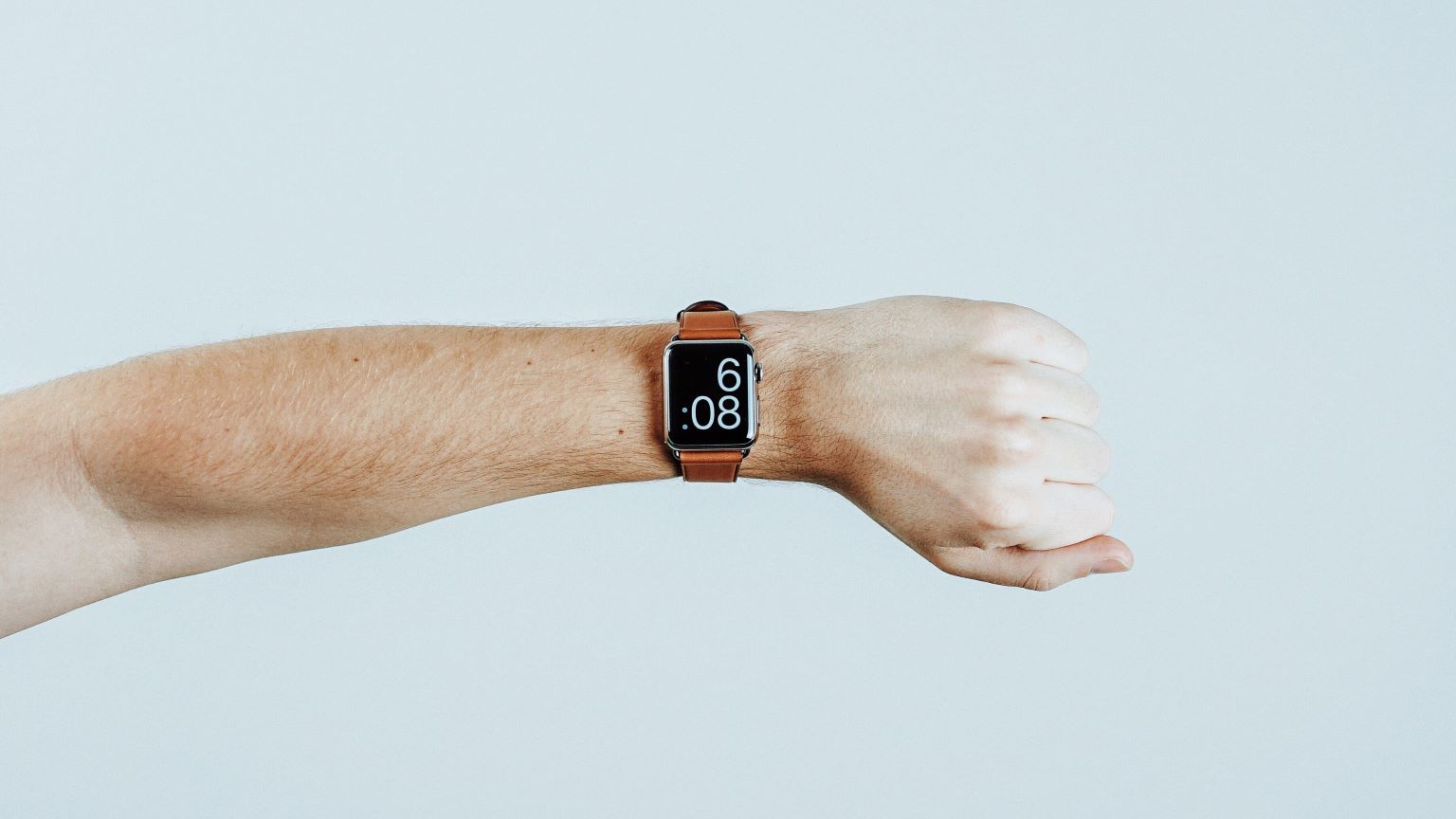The bacteria in our guts can tell time

Credit: Paulista / Adobe Stock
- For the first time, nonphotosynthetic bacteria are shown to have a circadian clock.
- B. subtilis thrives in the gastrointestinal tracts of humans as well as grass-feeding ruminants.
- The researchers believe that this rhythm provides bacteria with an advantage.
Despite an ancient warning from the Buddha, we still like to pretend that we’re one self—a unified biological animal that persists through time. Sure, we know that our biological processes are dictated by circadian rhythms. What we overlook is that we’re really the sum of billions of different components, and some of those “parts” have their own clocks.
The Buddha might not have had a microscope, but his keen insight into human psychology translates well to biology. That’s the word from a new study, published in Science Advances, that found the bacterium Bacillus subtilis is run by its own circadian rhythms.
Also known as “grass bacillus,” B. subtilis thrives in the gastrointestinal tracts of humans as well as grass-feeding ruminants. You can easily and cheaply purchase bottles of this bacterium as a probiotic due to its supposed immune system-boosting properties. The strain is found in soil, though you probably want to secure it by other means, making it a favorite of supplement companies. The European Food Safety Authority rates it as “Qualified Presumption of Safety.”
For this study, the European research team chose B. subtilis thanks to previous observations that, like humans, it seems to follow a 24-hour circadian clock. It also responds to red and blue lights (again, like humans), causing the researchers to believe that it entrains to environmental conditions. The team discovered this by enzymatically inducing bioluminescence in order to stare into this mysterious world.
Lead author, Professor Martha Merrow from Munich’s Ludwig Maximilans University, says
“We’ve found for the first time that non-photosynthetic bacteria can tell the time. They adapt their molecular workings to the time of day by reading the cycles in the light or in the temperature environment.”
Bacteria Are Also Regulated By a Circadian Rhythm, In World First Discoverywww.youtube.com
Zeitgebers are cues (such as temperature fluctuations) that allow biological organisms to synchronize with their environment. In humans, it’s what makes us sleepy as the sun sets and raises cortisol levels in our blood a few hours before sunrise. This bacterium appears to maintain a similar clock. Rather than only responding to light and dark, B. subtilis takes cues from temperature drops, hinting at a circadian rhythm.
Although bacteria comprise 15 percent of all living matter, the team notes that circadian clocks have not been identified in nonphotosynthetic bacteria—until now. They note that bacterium such as Rhodospirillum rubrum displays rhythmic processes such as enzymatic activity yet has no apparent circadian clock.
Co-author Dr. Antony Dodd, a researcher in the UK’s John Innes Centre, notes:
“Our study opens doors to investigate circadian rhythms across bacteria. Now that we have established that bacteria can tell the time we need to find out the processes that cause these rhythms to occur and understand why having a rhythm provides bacteria with an advantage.”
Understanding the survival methods of bacterium clues us in on the long, slow process of evolution. While this new discovery does not state the purpose of the circadian clock in B. subtilis, it opens up a new line of research for one of the most perplexing components of human biology: our guts.
—
Stay in touch with Derek on Twitter and Facebook. His most recent book is “Hero’s Dose: The Case For Psychedelics in Ritual and Therapy.”





